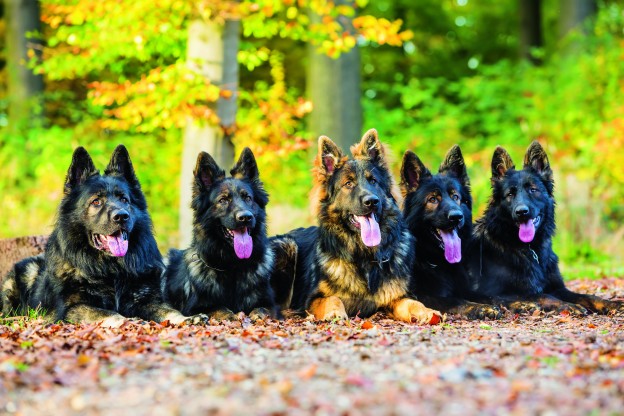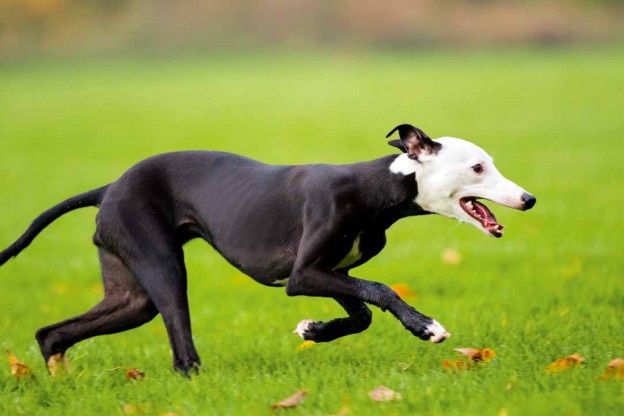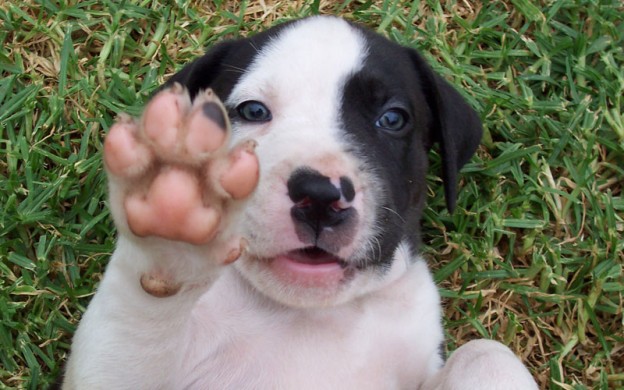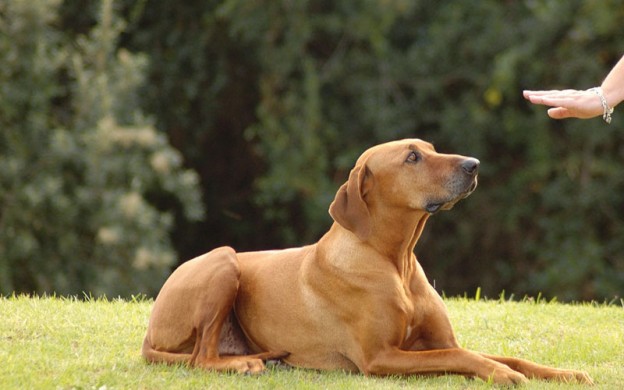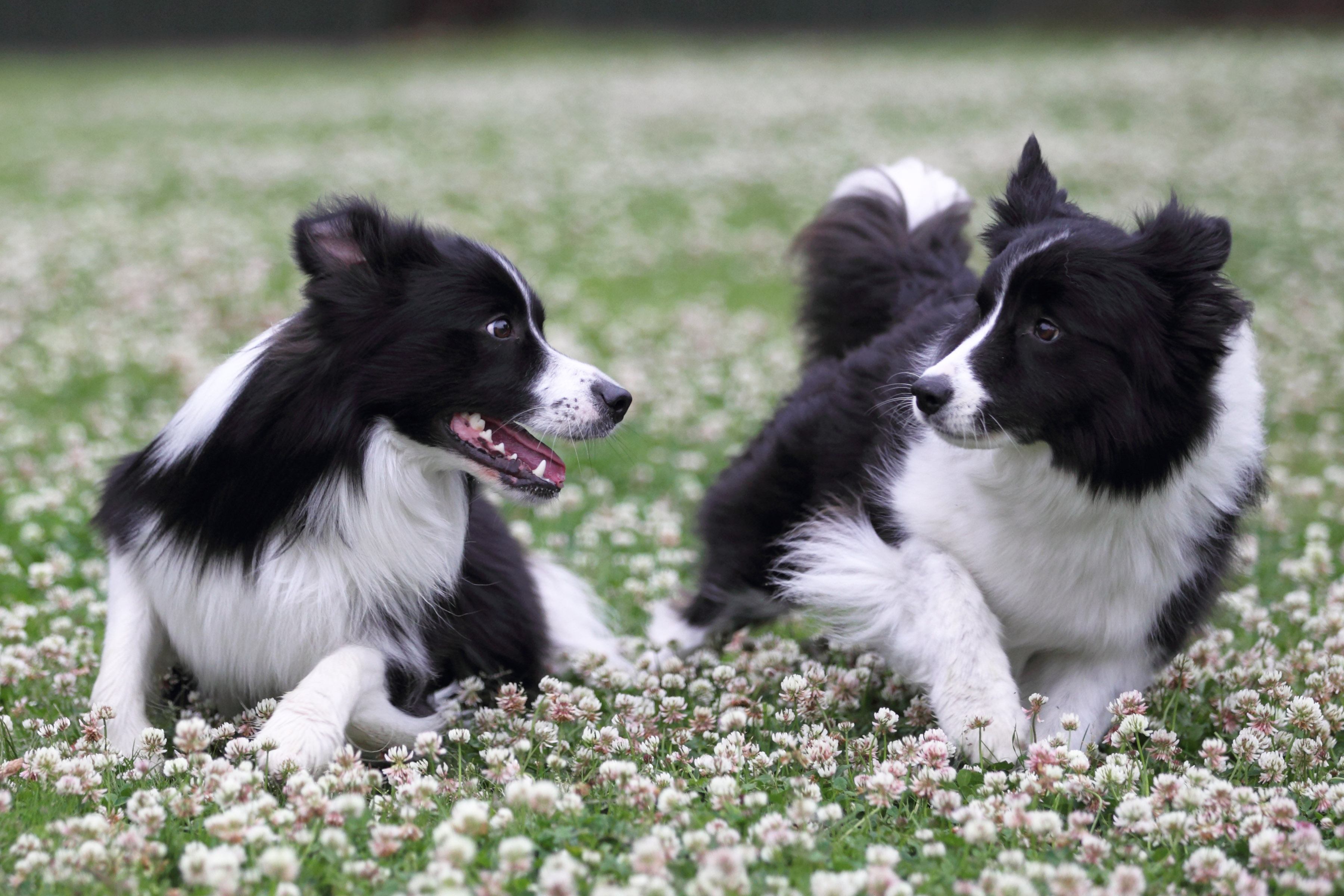
Making new friends is hard even for our canine pals, but there are things owners can do to help your dog and make the experience easier, writes Krissy Bradfield.
Cindy Prosser’s dog Rocky has no shortage of friends. From a very young age the Border Collie was exposed to a variety of different people, dogs and situations, and Prosser credits this early start for Rocky’s outgoing nature. “I had Rocky interacting with dogs of all species, birds, and pretty much any living organism,” Prosser says. “He swims with the ducks at the lake and they are quite used to his company. We have wild birds that frequent our backyard that he plays with. He even plays with grasshoppers.”
Not all dogs are as sociable as Rocky, though; some need a little help making friends. Here are a few ideas to help your pooch make more pals.
1. Early socialisation
In order for your dog to make friends, he must be socialised. This involves exposure to a variety of people, places and objects. It’s vital that this occur in a voluntary and gradual way because puppies, like other young animals, go through fear imprint periods in early development (the first occurs at around 8 to 10 weeks of age, the second between 6 and 14 months).
Behavioural dog trainer Alexis Davison says that during these periods you need to do your best to avoid any traumatic events. “It is recommended that all interactions are done thoughtfully, and that dogs are never overwhelmed,” she says.
2. Build exposure
The goal is for your dog to be comfortable in many different environments and situations. This means you need to build up his exposure to things that are out of the norm. During the fear imprint periods, dogs should be exposed to novelty daily in the form of unfamiliar people and dogs. Davison suggests that the best way of achieving this is to meet at least one new person every day and attend a puppy preschool. “A well-run puppy socialisation class can be an excellent way to expose your dog to unfamiliar puppies, people and different stimuli.”
3. Review training basics
A dog that knows what is expected of him has the confidence to handle himself in social situations, and teaching your dog a few simple behaviours – like sit, drop and attention exercises – is a good place to start. “Well-socialised dogs that have learned socially appropriate behaviour are most likely to make friends easily,” says Davison.
4. Organise a play date
One-on-one play dates can be beneficial for early socialisation as long as your pooch’s partner has been carefully chosen as a suitable playmate. This environment also provides the perfect opportunity for further training. “Unless the dogs already do so themselves, interrupt play frequently by calling your dog to you and then liberally rewarding him before sending him back to play,” says Davison. “This will teach your dog to be responsive to you even when playing, and importantly will assist in keeping arousal levels down.”
5. Visit a dog park
The dog park is often the scene of much doggy chaos and Davison suggests that it is better if your dog is already well socialised before joining the fray. She also advises that you ensure that young dogs are not within a fear imprint period when visiting a dog park, as providing a positive experience needs to be your main priority.
If you do decide to visit a dog park, Davison has the following tips:
- Make the first visit during an off-peak time.
- Observe first to ensure that it is a safe environment.
- Don’t enter if the situation is not ideal.
- Keep moving.
- Familiarise yourself with dog body language.
- Keep an eye on your dog at all times and be observant of other owners and dogs.
6. Desex your dog
It’s widely believed that desexing dogs will make them friendlier and less inclined to fight. While desexing won’t change your pet’s personality, it can influence how he behaves.
“Desexing your pet is an important part of responsible pet ownership,” says behavioural trainer Jade Fountain. “Desexed dogs may be less likely to roam and try to escape in order to find mates, male dogs will be less likely to urinate and mark areas, and competitive aggression is arguably reduced.”
7. Take a step back
Owners influence the behaviour of their dogs without realising it, so Fountain suggests that if you’re in a public place always keep moving and be aware of your actions.
“Many times, by standing stationary in dog parks and group gatherings you may cause your dog to feel threatened by a strange dog coming between his owner and himself. It is important to keep moving and not become a standing target so that dogs don’t feel a need to guard the owner or to feel cornered,” she says.
8. Don’t push
We want our dogs to be sociable, but pushing them into situations that make them nervous can lead to anxiety. “The key to good training is to give animals choice,” says Fountain. “Avoid forcing your dog to do things they don’t want to do; instead give them the opportunity to think about the situation themselves. If we force an animal into a situation in which they are uncomfortable, we may make things worse.”
9. Watch body language
A dog’s body language tells us a lot about what he’s feeling. In order for dogs to make friends they need to be comfortable, so look out for the following telltale signs of anxiety or stress:
- licking of lips
- yawning
- panting
- sniffing the ground
- the dog turning his head away from something deliberately.
Fountain says it’s important to watch carefully and intervene if needed. “You want to act to help your dog feel more comfortable or step in to avoid things escalating if you see things like cowering, backing away, tucked tail, whites of the eyes, or stiff posture with a rigid, high tail.”
10. Behaviour modification
If your dog doesn’t cope well in social situations, professional behaviour modification training can help.
“One of the most recent success stories I have had with solving these cases was a Labrador who was reactive on lead,” says Fountain. “Using behavioural adjustment training and pairing the sight of other dogs with high-value treats from a safe distance, the dog learnt to check in with the owner to see how to respond, instead of barking and lunging. This is ultimately the change we are looking for: the dog’s ability to cope with the situation in a more appropriate way.”
Can’t we all just get along?
We know that not all dogs will get along, but Jade Fountain says that to ensure a harmonious playtime we should pair up dogs of the opposite sex and not be too concerned about size differences. “Most dogs are very good with being able to play and interact with different sizes,” she says. “Large dogs often regulate their level of play to match a small counterpart.”
Want a social dog? Look to the parents
“If you would like to have a dog that is sociable with people and dogs, the best starting point is acquiring a puppy whose parents have good temperaments, and are social themselves,” says Alexis Davison. The onus is then on you to socialise your dog throughout his life.



